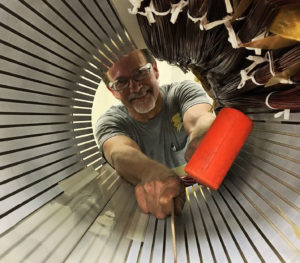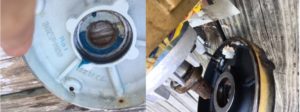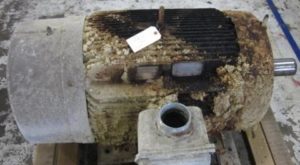“Even with certain rules and constraints of each job, I can still find ways to take artistic license and really put my mark on a job.” – Brian 
Brian has been with D.I.E. since June of 2014. Another aspect of his job he enjoys is mentoring newer employees. When he isn’t at work, Brian spends much of his free time with his four grand-kids.
Fun Fact: Brian and his wife have quite the collection of animals! The “Buchanan Zoo” has 20 zebra and society finches, three dogs, two cats, a guinea pig and hamster.

 The five whys refers to the practice of asking five times why a motor failure occurred in order to get closer to the root cause of the problem. Failure to determine the root cause can result in treating the symptoms of the problem instead of its cause, in which case you will continue to have the same problems over and over again.
The five whys refers to the practice of asking five times why a motor failure occurred in order to get closer to the root cause of the problem. Failure to determine the root cause can result in treating the symptoms of the problem instead of its cause, in which case you will continue to have the same problems over and over again.